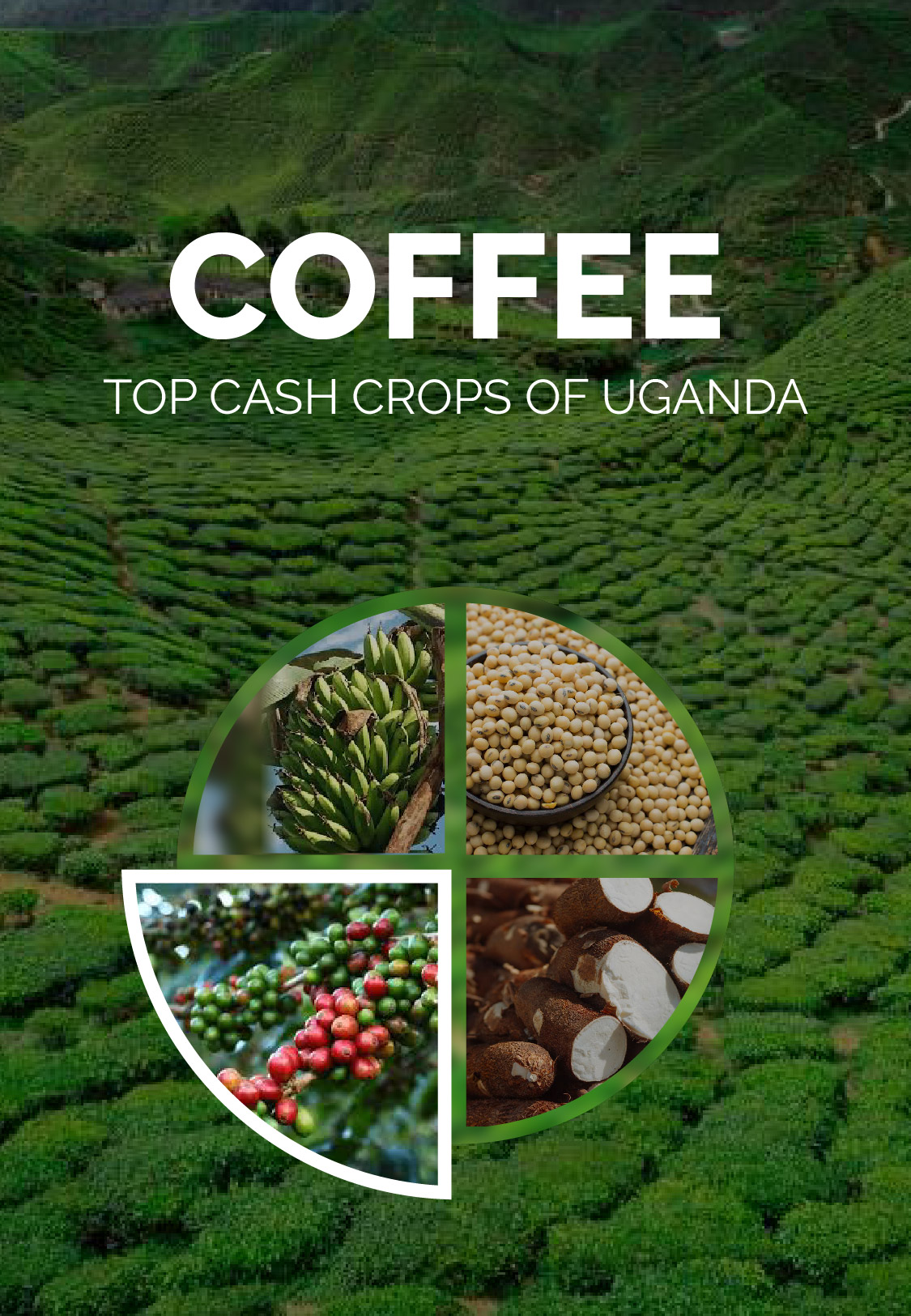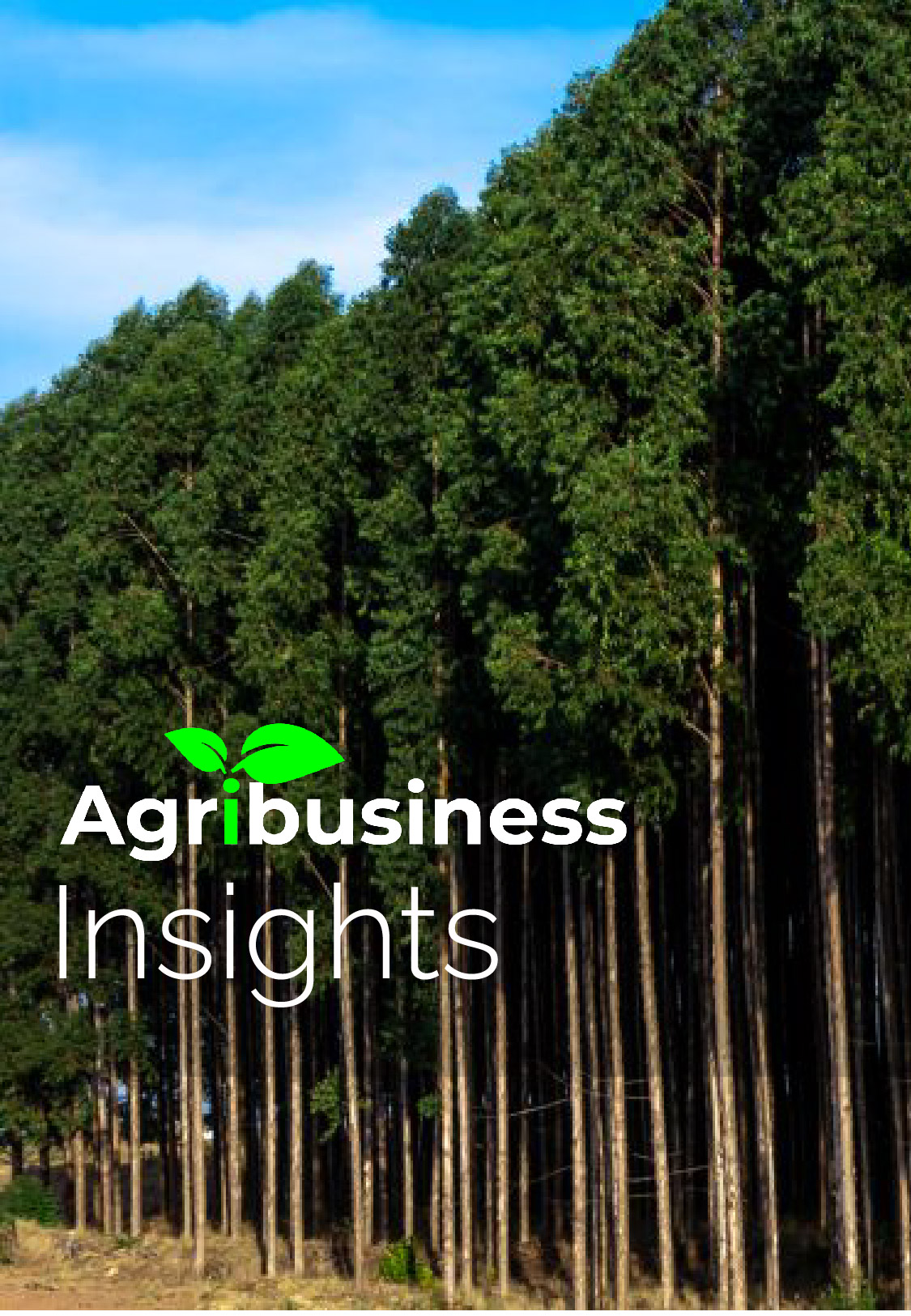Honey production in Uganda is an important agricultural activity that involves the harvesting and processing of honey from bee colonies. It contributes significantly to rural livelihoods, employment, and income generation, particularly in more remote and less developed areas. Here's a description of honey production in Uganda:
Beekeeping Practices: Beekeeping in Uganda involves both traditional and modern practices. Traditional beekeeping has been a part of Ugandan culture for generations, with log hives and traditional methods still being used in some areas. However, modern beekeeping techniques have gained popularity due to their higher efficiency and improved honey yields. Modern practices include the use of moveable frame hives, protective clothing, and smoker tools to manage bee colonies effectively.
Bee Species and Biodiversity: Uganda's diverse ecosystems and vegetation support a wide variety of bee species. These include the African honeybee (Apis mellifera scutellata) and various indigenous stingless bee species. The country's rich biodiversity contributes to the production of unique and distinct types of honey with different flavors, colors, and medicinal properties.
Honey Harvesting: Honey harvesting in Uganda typically occurs during specific flowering seasons when nectar is abundant. Beekeepers carefully collect honeycombs from the hives, taking care not to disturb the bees too much. They use smoke to calm the bees and protect themselves with appropriate clothing and gear. The harvested combs are then transported to processing centers.
Honey Processing: Once harvested, the honeycombs are processed to extract the honey. Traditional methods involve crushing the combs and allowing gravity to separate the honey from the wax. Modern methods involve the use of honey extractors, which use centrifugal force to remove honey from the combs without damaging them. The extracted honey is then filtered to remove impurities and debris.
Quality and Packaging: Quality control is an essential aspect of honey production in Uganda. Beekeepers ensure that the honey is properly handled and stored to maintain its freshness and nutritional value. The honey is usually packaged in various sizes of jars or containers, and labeling is done to indicate its source, type, and any certifications it might have.
Challenges: While honey production in Uganda has significant potential, there are challenges that beekeepers face, including pests and diseases that affect bee colonies, inadequate training and knowledge about modern beekeeping techniques, limited access to markets, and a lack of proper infrastructure for honey processing and distribution.
Market and Opportunities: The demand for honey is growing, both domestically and internationally, due to its nutritional and health benefits. Ugandan honey has the potential to tap into premium markets if proper quality control measures are in place. Additionally, honey by-products such as beeswax and propolis also have commercial value and can provide additional income streams for beekeepers.
In summary, honey production in Uganda is a dynamic and important sector that plays a role in supporting livelihoods, preserving biodiversity, and contributing to the economy. With proper training, infrastructure development, and quality assurance, the industry has the potential to thrive and provide sustainable benefits to local communities and the nation as a whole.






![Agribusiness Insights (Plantain farming [gonja]) Agribusiness Insights (Plantain farming [gonja])](http://alkebulantv.africa/upload/Movie thumbnails/plantain p-01.jpg)



Share